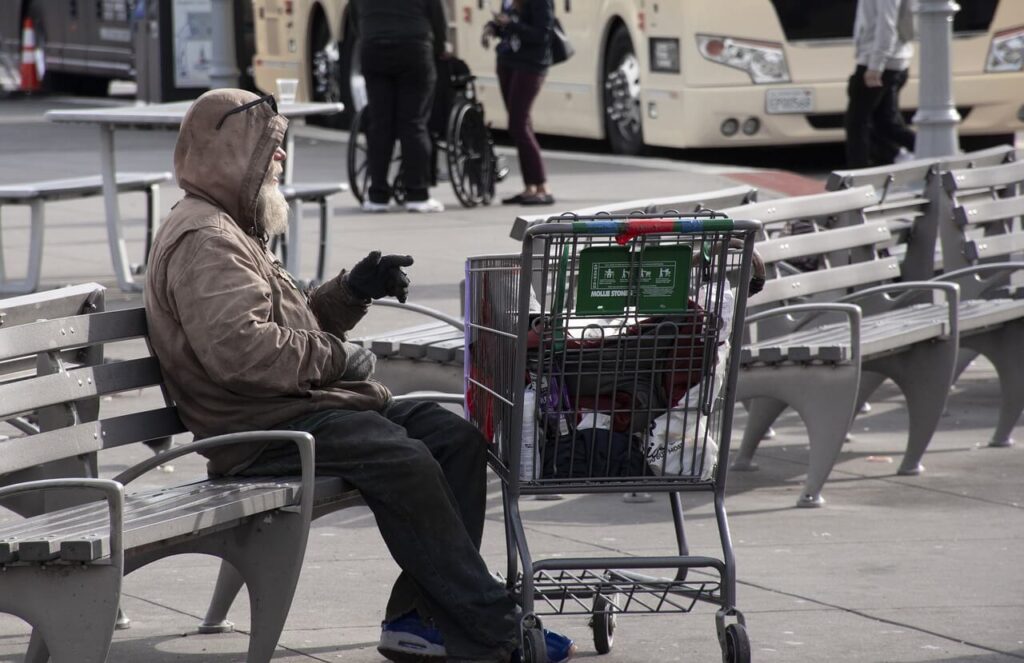Latinos and Afro-descendants most affected

Pamela Cruz. Peninsula 360 Press [P360P].
The non-profit organization, Urban Instituteprojects an overall poverty rate for 2021 in the U.S. of 13.7 percent, meaning that approximately one in seven Americans will have annual household resources below the poverty line, with African-American and Latino communities being the hardest hit.
This is after taking into account all regular safety net benefits, taxes and tax credits, as well as Unemployment Insurance and Supplemental Nutrition Assistance Program (SNAP or "food stamps") benefits; and additional stimulus controls enacted in December 2020 due to the COVID-19 pandemic.
He also noted that the projected percentages of people of African descent -- 18.1 percent -- and Hispanics in poverty -- 21.9 percent -- are about twice as high as for Caucasians -- 9.6 percent -- and that the projected percentages of people of African descent -- 18.1 percent -- and Hispanics in poverty -- 21.9 percent -- are about twice as high as for Caucasians -- 9.6 percent.
Blacks and Hispanics were more likely than whites to lose their jobs during the pandemic and were less likely to get them back if they did," the organization said in its report.
It also projected that approximately one-third of people with resources below poverty - 4.4 percent - are in "deep poverty," meaning that family resources are less than half of the poverty threshold indicated by the Supplemental Poverty Measure (SPM) rate.
Considering the results by age group, the projected poverty rates are the same for children, adults aged 18 to 64 and adults aged 65 and over.
Notably, the analysis revealed that working-age adults often have slightly lower SPM poverty rates than children or adults age 65 and older, however, the combination of changes due to job loss and the impact of COVID-19 assistance policies has created nearly identical poverty rates for all three age groups.
Despite the similarity in poverty rates for children and adults, a higher proportion of children - 53 percent - are projected to have family resources below twice the poverty line than working-age adults - 43 percent - or adults 65 and older - 42 percent - despite the similarity in poverty rates for children and adults.
According to the U.S. Census Bureau, in 2019, the supplemental poverty measurement rate was 11.7 percent, which was 1.0 percentage point lower than the 2018 SPM rate, when it was 12.8 percent.
In that sense, the report provided by the Urban Institute would show that from 2019 to 2021, the poverty rate would have grown two points in the country, mainly due to the pandemic by COVID-19.
Similarly, the study found that many families may have seen their resources fall below the poverty line due to job loss, while other families may have seen their resources increase because they did not lose their jobs and instead benefited from SNAP increases and stimulus controls.
Notably, at the end of 2020, the number of jobs in the U.S. economy was still 9 million lower than at the end of 2019 - before the COVID-19 pandemic began - and that number had declined rather than increased between November and December 2020.
During the household survey, conducted by the U.S. Census Bureau in 2020, 12 percent of people responded that they sometimes or often did not have enough to eat in the past seven days -- up from 9.0 percent before the pandemic -- and about one-fifth of renters reported being behind on their rent.


